The Chief Executive of leading acquired brain injury rehabilitation charity, Brain Injury Matters, has raised concern at the potential number of new cases of children with a brain injury each year in Northern Ireland.
An exact figure is still not fully known as many with mild to moderate injuries do not often lead to hospital admission and a large number being recorded under other conditions (for example, meningitis). This is compounded by the lack of a dedicated children’s brain injury service, making subsequent data collection on the nature of needs difficult.
However, the charity has stated that as many as 1,000 additional potential cases could exist here each year, based on extrapolated figures from NHS England and other UK hospital studies.
Early identification of an acquired brain injury in children is vital as difficulties may not be evident initially, but gradually develop into problems as the brain matures. The potential for long-term cost savings of early investment associated with a child with severe conduct disorder, for example, is estimated in the region of £70,000 per person.
Fiona McCabe, Chief Executive, Brain Injury Matters:
“The actual number of children with a brain injury is largely unknown which is highly concerning as the lack of service provision and recording of overall injuries is relatively poor.”
“From evidence elsewhere in the UK, and what we know anecdotally, we suspect that there could be as many as 1,000 new cases of brain injury in children per year in Northern Ireland.”
“If we don’t know just how many children collectively have a brain injury in Northern Ireland, we are on the back foot as it is difficult to allocate resources. An increase year on year makes this an even tougher task.”
One way in which Brain Injury Matters is helping children with brain injury across Northern Ireland is through its Family First programme, in partnership with Belfast Health and Social Care Trust and funded by Big Lottery NI. It provides support for families and children who have been fortunate to have had an early identification.
Fiona McCabe, added:
“For a child who remains undiagnosed, issues can start to emerge at home such as anxiety and challenging behaviour, which can often lead to disruption and the breakdown of family relationships.”
“This is possibly amplified thousands of times across Northern Ireland without parents or family members realising their child has a brain injury, placing a real strain on relations.”
“To ensure that families of children with brain injuries do not reach breaking point, we have developed the Family First initiative as a direct response to providing the help and assistance they need.”
Family First Coordinator at Brain Injury Matters, Dr Katy Pedlow said:
“Brain injury in children, if not identified properly, can have a devastating impact especially in the family environment. The stress of not being able to understand the cause of frequent disruption can often escalate and lead to crisis after crisis.”
“The Family First project has had a transformative effect for the children and families involved as it empowers them to recognise and solve problems for themselves, helping to diffuse, or even avoid difficult situations.”
“Getting this right in the home setting has a knock-on effect for the child’s educational development and social skills. Too often, we see children who have not had the benefit of the support from this type of programme eventually require costly support from the likes of the health service throughout their adolescent and adult life.”
“We have convincing evidence to support the need for early identification and the requirement for a defined programme such as Family First. Our worry is that with the rising numbers of children with brain injury in Northern Ireland, many are not receiving any level of support.”

